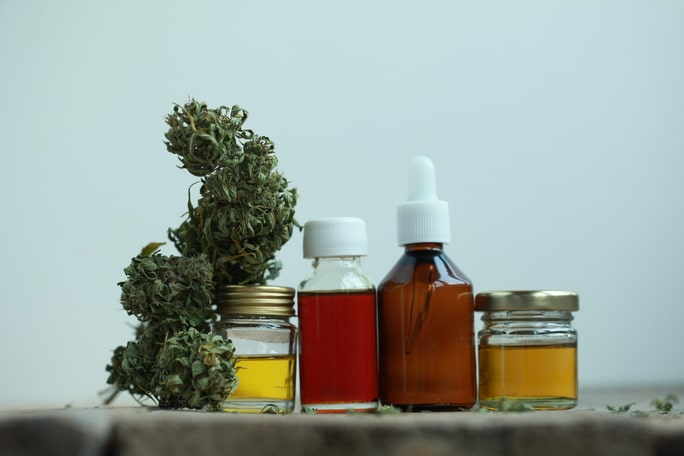The cannabis plant is incredibly complex with over 500 chemical entities and 70 cannabinoids, including major cannabinoid compounds like tetrahydrocannabinolic acid (THCA) and cannabidiolic acid (CBDA). While the plant has been cultivated for at least 6,000 years, its pharmacological properties have only been analyzed since the end of the nineteenth century. Many breakthroughs didn’t occur until after 2000 when the human endocannabinoid system became more understood, and analytical technologies became more sophisticated.
The complexity of the cannabis plant presents additional analytical challenges that are not present in other agricultural products, where accurate, quantitative analytical testing has been proven for many years. In a recent publication, Brian Kinsella et al. noted that up to one-third of the overall mass of the cannabis seed, half of the usable flower, and nearly all of the extracts can be contributed to essential oils such as terpenes, flavonoids, and actual cannabinoid content. The biodiversity of this plant is exhibited in the more than 2000 unique strains (varieties) that have been identified, each with its own pigmentation, cannabinoid profile, and overall suggested medicinal use. Developing analytical methods for compounds of such complexity is a daunting task indeed.
Beyond the chemical makeup of cannabis, the biology of the plant itself brings with it additional complications. Cannabis plants are sturdy and can be grown in many different environments. They have a multitude of uses and can reproduce both sexually and asexually (taking cuttings and propagating them). This ability has given the cannabis a wide variation in its gene pool, and with this wide variation even greater complexity.
Much has been learned over the years while developing analytical methods for complex food and medicinal botanicals, and many of those methods and techniques can be applied to the extraction, isolation, and characterization of cannabis compounds. Sophisticated techniques like Ultra High Performance Liquid Chromatography, Gas Chromatography, Mass Spectrometry, and Supercritical Fluid Extraction and Chromatography provide the horsepower for accurate qualitative and quantitative laboratory testing at various stages of cultivation, harvesting, product production, and QC. And, most importantly, access to the scientists who understand this expensive laboratory equipment and know how to perform these tests is critical, whether you are using a 3rd party testing lab or your own internal laboratory.
References
Ross W., The Man Mapping the Marijuana Genome is Changing the Weed Game, March 14, 2016, Newsweek.
Kinsella B., Telepchak M.J., Mackowsky D., Duncan D.A., Fanning T., Pesticide and Mycotoxin Analysis: Mastering the Complexity of the Cannabis Matrix, (2017, Advancing the Analysis Medical Cannabis, a supplement to LCGC North American and Spectroscopy magazines.
Doctor Frank, Cannabis Sativa, Indica and Ruderalis, blog November 27, 2017, Science and Medicine, https://doctorfrank.com/blog/cannabis-sativa-indica-and-ruderalis/












